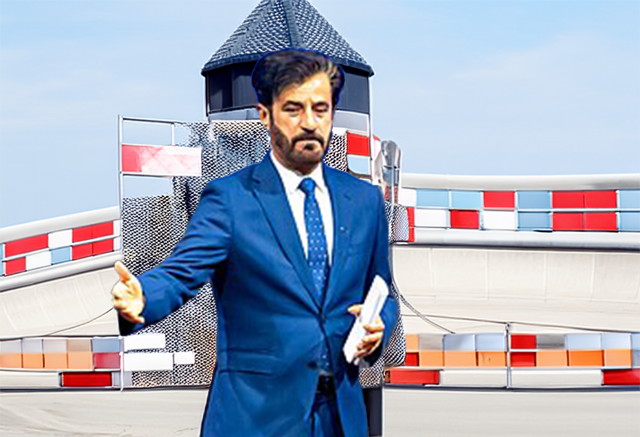
FIA has been busy refining the new Formula 1 rules that will apply in 2026, predominantly with an aim of preventing what it refers to as the unnatural circumstances on the circuit. The regulatory body is concerned that the face of F1 racing in the coming years, centred on new and revised hybrid power units and active aerodynamics, will be as engaging and realistic as possible, without liability-reducing energy-saving measures dominating the show.
Nikolas Tombazis, FIA single-seater director, elaborated that most of the framework regarding the 2026 rules already exists but that however there are still some adjustments yet to be done. The problem is to bring a balance between the new power unit. The smaller combustion engine and more on electrical energy pose risk of having cars faced with bizarre situations whereby drivers are obliged to back out on straights or to shift gears toizarrely preserve battery charge. Tombazis did not leave any doubts that this is precisely the type of result that the FIA is bent on abating.
Many drivers, such as Max Verstappen, Charles Leclerc, Alex Albon or Lance Stroll, have tried early simulations of the new regulations. Their reply raised the concern of energy deployment becoming a matter of inordinate tactical contrivance with the emphasis moving closer to battery control rather than racing. That is why FIA has been engaging teams and those supplier with power units to maintain natural racing, competitive and entertaining.
Tombazis admitted that the process has not been equally participatory in terms of data sharing among all manufacturers, but contended that there has been active collaborative work to ensure that any possible wrinkles have been ironed out. The final objective is to ensure that that the 2026 cars provide consistent behavior across a lap without weird or counter-intuitive behavior. We dona cast jaws as the drivers taking off on straight. That would not be right at all in the spirit of racing.”
To attain this end, FIA is planning further actions in the technical regulations to ensure that energy deployment and recovery is better addressed. Such modifications will not change the basic architecture of the new hybrid engines but will make sure that automobiles do not act unpredictably in high speed environments. Precisely, this means F1 does not wish to see a day when drivers need to sacrifice a racing line or throttle openness just to make sure the battery pack does not shut down.
Though the rulebook had yet to be worked out in detail, the principle behind it is obvious. The regulations in Formula 1 of 2026 should aim, among other things, to raise the level of sustainability and efficiency but keep the spirit of racing intact as well. The FIA wants cars to be fast, aggressive and they must still be natural cars to drive without the interference of difficulty energy strategies.
Fans of the sport can look forward to 2026 when the next generation of Formula 1 cars will roll out; one that is lighter, more efficient, using new better performing hybrid systems, but is in no way a dilution to the excitement that Formula 1 cars bring. In smoothing over such possible unnatural problems ahead of the rules, the FIA is seeking to guarantee that the coming generation of F1 will be a pure test of pace and know how, not battery wisdom.
Follow us on Zeroto30s social channels:
Instagram: https://www.instagram.com/zeroto30s/
Facebook: https://www.facebook.com/zeroto30s
Twitter: https://twitter.com/zeroto30s
Youtube: https://www.youtube.com/@Zeroto30s
